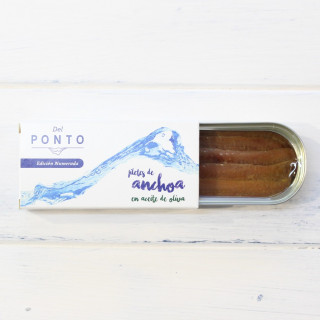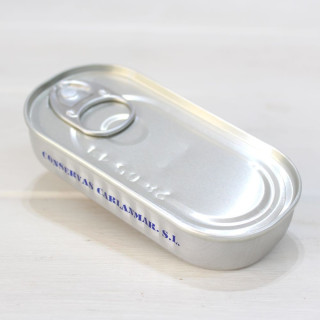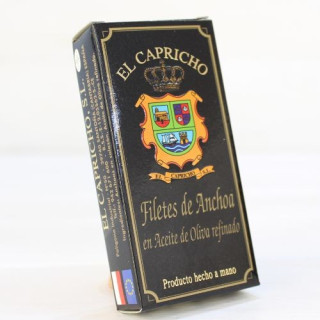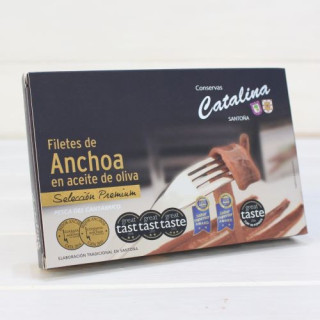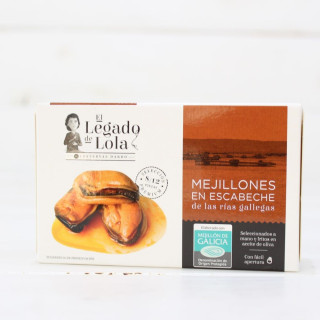History of the Anchovy
We have some information about a family of Sicilian industrialists who, like others, arrived on the Cantabrian coast at the end of the 19th century and more frequently in the first third of the 20th century. The reasons for this movement are well-known: the search for fishing grounds as their own waters failed, and the strong demand from new European and American markets. These pioneering industrialists initially worked in rented premises, sending their production to Italy by sea, to the port of Genoa, and to the United States of America. To carry out the work, they came to Spain in the spring, coinciding with the fishing season, and once the work was completed, they returned to their hometowns. Over time, some ended up living in Spain.
The Orlando Gusimano family came from Terrasini, a coastal town in Sicily, 24 kilometres west of Palermo. It was formed, on the Orlando side, by five brothers. After the premature death of one of them, Mateo, the remaining four devoted themselves to the salted fish industry, with extensive activity along the Cantabrian coast and more specifically with a significant presence in Santoña and Laredo, where José Orlando Tiaramitaro, who had arrived to work during the fishing season, died.
We don't know the exact date of their first arrival in Cantabria, but we can estimate it, knowing that his death occurred in April 1915, at the age of 63, after having spent several years producing anchovies with his sons. According to a letter written and signed by him requesting permission for some work in the factory, the company's classic letterhead appears with a drawing of the factory, the brand shields, and below it reads: "House founded in 1910". However, it is possible that before that date, the foundation of his own company, he would have been working in partnership with another Sicilian firm. The eldest of the brothers, Liburio, was the one who continued the activity, starting in Guetaria. His brothers collaborated with him until they decided to go independent, which they did almost simultaneously.
Santoña, the Cradle of the Anchovy
Among the first Italian salters to come to Santoña, one name stands out: Giovanni Vella Scaliota. His achievement was the invention of anchovy fillets in oil, an event that occurred in 1883. Vella had arrived in Santoña in 1880, sent ahead by the prestigious Neapolitan firm Angelo Parodi, dedicating himself, like his compatriots, to the profession of salatori (salters). Anchovies in brine had to be cleaned before consumption (as they still are today), and once prepared, they could be eaten naturally or with a little butter to soften their salty flavour, as was customary in Italy.
Signore Vella became obsessed with the idea, which he called the ciú grande bocatto, of carrying out this process in a factory and canning the anchovies to sell them ready to eat, thus avoiding the preparation work when enjoying them.
To do this, he began to carry out the entire process in the factory: cleaning the brine to form two strips or fillets, removing the central bone, and packaging the strips in cans, using melted butter as a covering.
Source: Brotherhood of the Anchovy of Santoña


